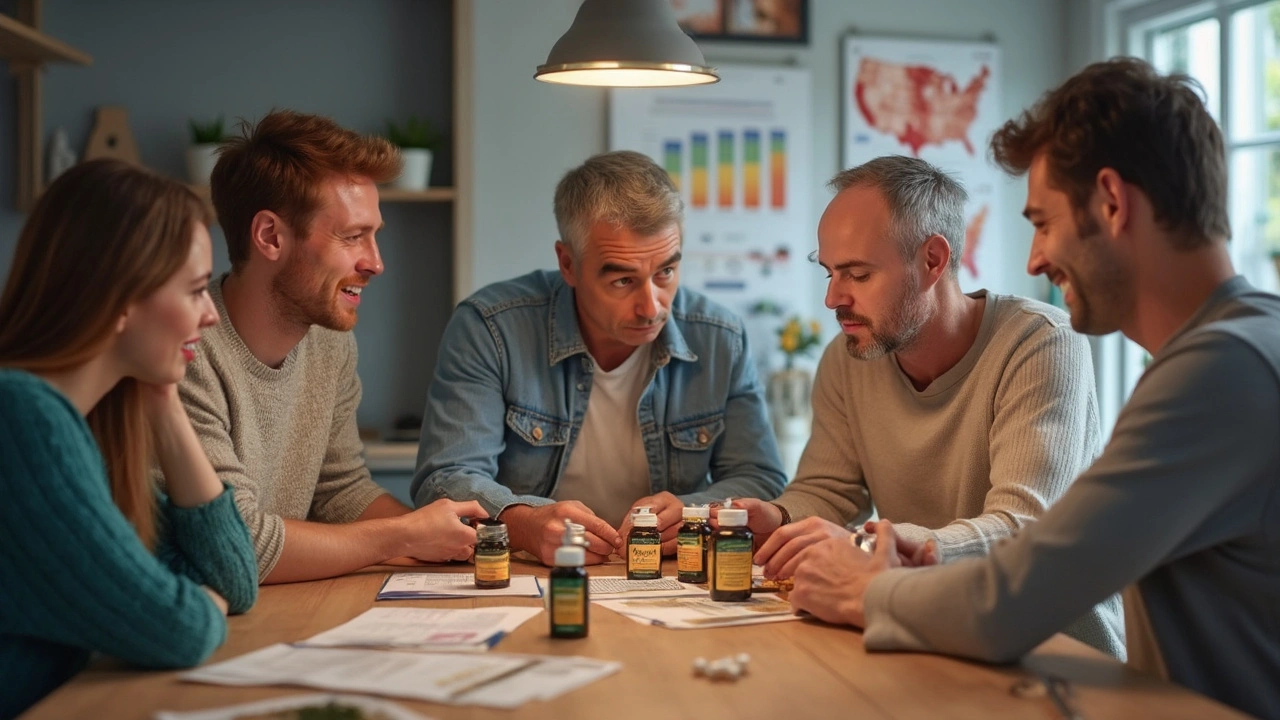Red Yeast Rice: What It Does and What to Watch For
Here's a surprising fact: red yeast rice contains monacolin K, a compound chemically identical to the prescription drug lovastatin. That’s why many people use it to lower LDL (bad) cholesterol. If you’re curious about a natural option, red yeast rice can work — but it comes with real risks and a lot of product variation.
How red yeast rice works
Red yeast rice is made by fermenting rice with the yeast Monascus purpureus. During fermentation the yeast produces monacolins. Monacolin K blocks HMG-CoA reductase, the same enzyme targeted by statin drugs, which reduces cholesterol production in the liver. Clinical trials show red yeast rice can lower LDL by roughly 20–30% in many people, which is similar to a low-dose statin effect in some studies. Results vary because the amount of active monacolin differs widely between products.
Safety, interactions, and choosing a product
Because red yeast rice acts like a statin, expect similar side effects: muscle pain, tiredness, and possible liver enzyme increases. Don’t use it if you’re pregnant, breastfeeding, or already taking a prescription statin — combining them raises the risk of muscle damage. Monacolin K is metabolized like lovastatin, so drugs that affect liver enzymes (CYP3A4 inhibitors like some antifungals or certain antibiotics) can raise its level and side effects.
Another real concern is contamination. Poorly made red yeast rice can contain citrinin, a toxin that harms kidneys. That’s why product quality matters. Look for supplements that list the amount of monacolin K, show third-party testing, and explicitly state “citrinin-free.” Labels that only list generic red yeast rice without active amount make it hard to predict effect or safety.
Typical doses used in clinical settings provide about 10 mg of monacolin K per day, though some formulas use whole extract amounts rather than isolated monacolin. Because labeling varies, compare products by their monacolin content and choose ones tested by independent labs. If you have liver disease, take multiple medications, or are over 70, get medical advice before trying it.
Finally, red yeast rice isn’t a shortcut. Diet, exercise, and weight control often produce big cholesterol gains and should be the first steps. If you and your clinician agree red yeast rice could help, use a tested product, start at a modest dose, and monitor symptoms and liver tests as advised.
Want a quick checklist? Pick products that list monacolin K amount, are citrinin-tested, show third-party verification, and get your doctor involved if you’re on other meds. That’s the quickest way to use red yeast rice safely and get the results you want.

